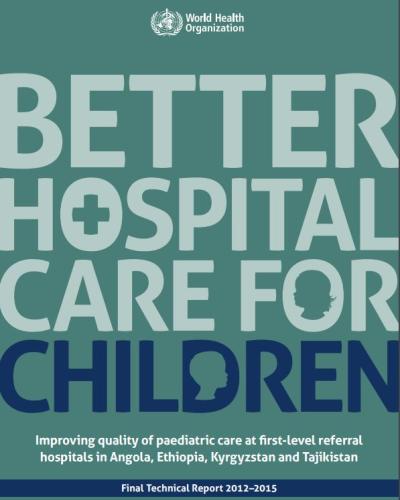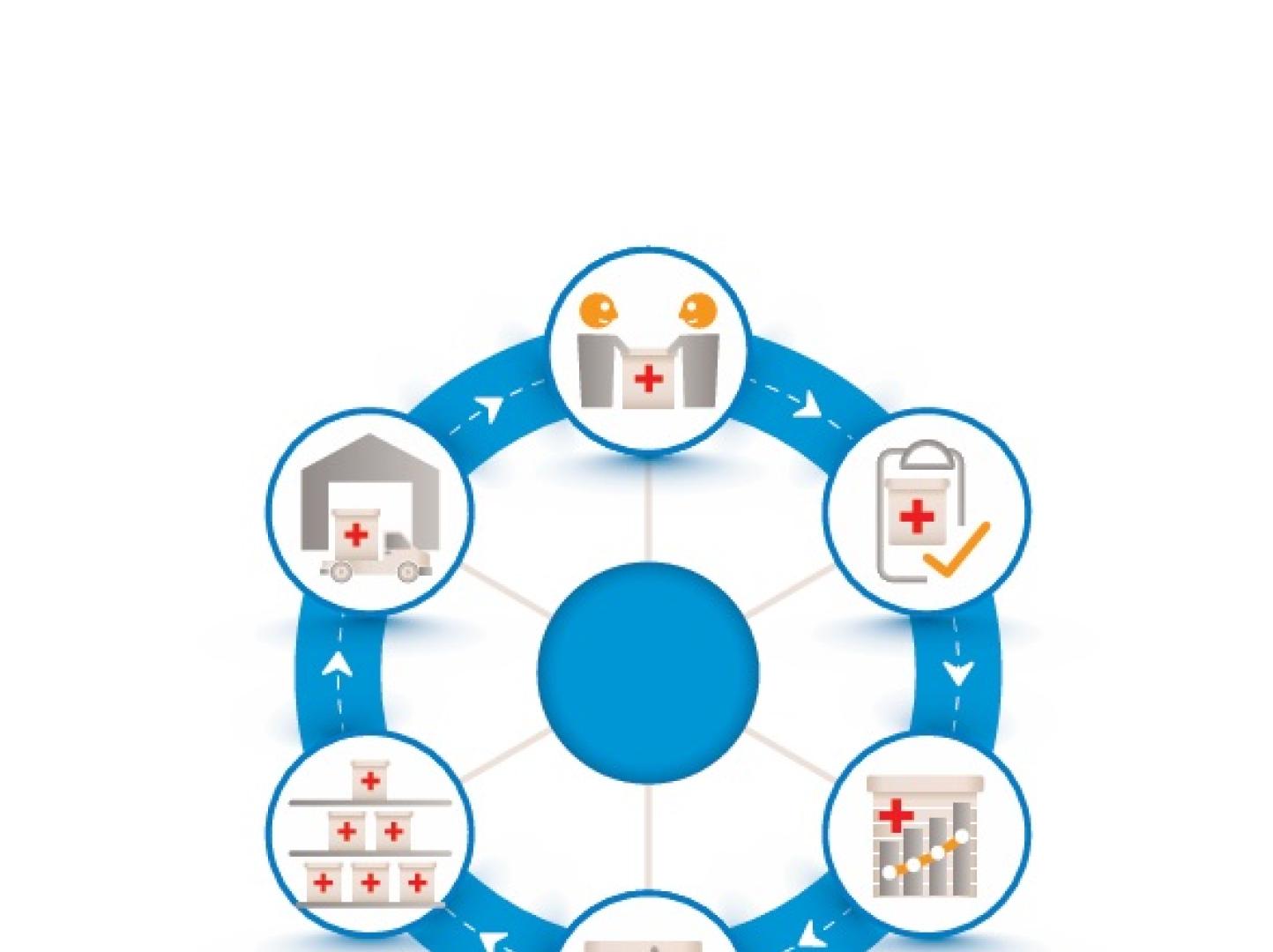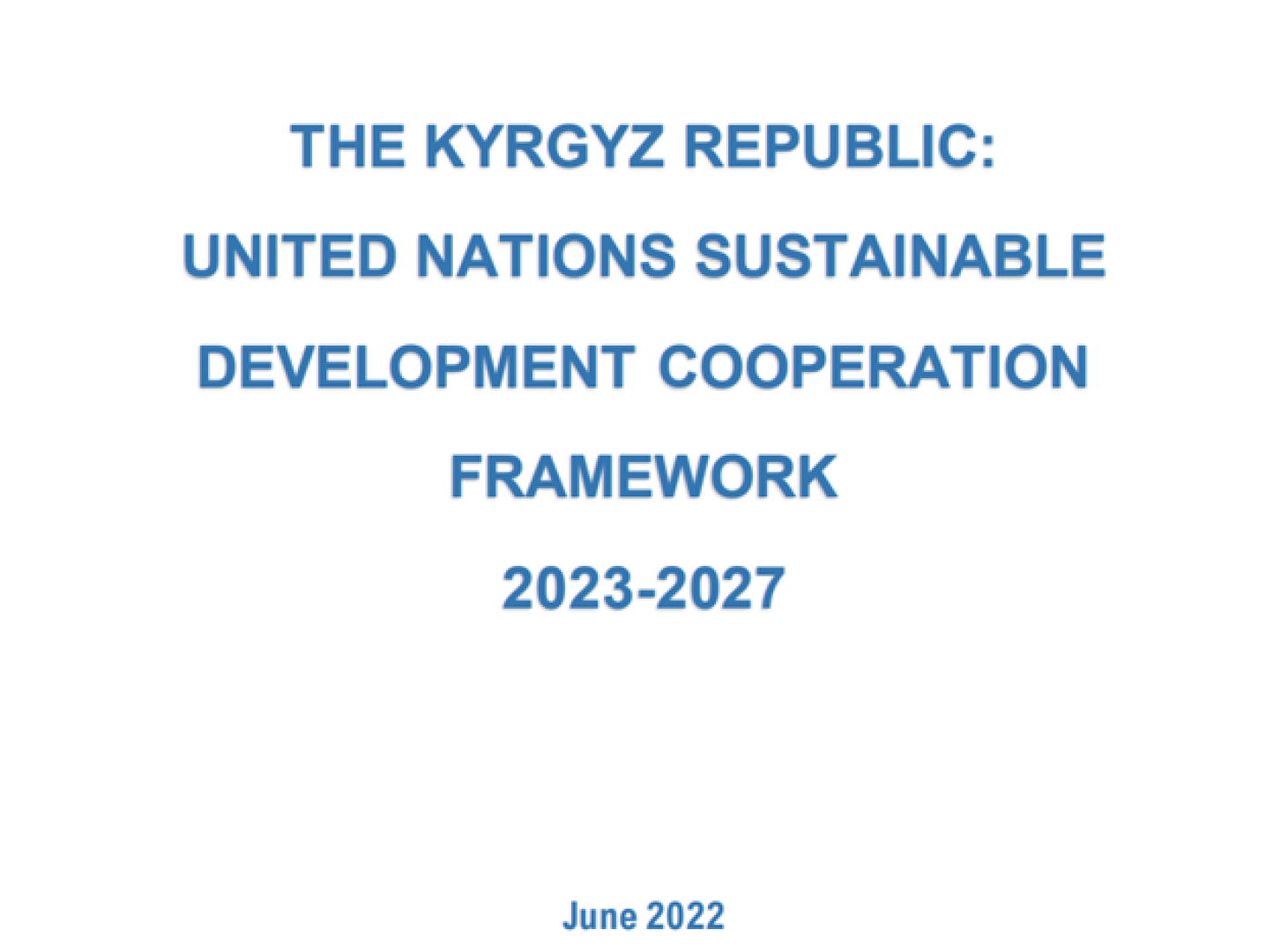Better hospital care for children Improving quality of paediatric care at first-level referral hospitals in Angola, Ethiopia, Kyrgyzstan and Tajikistan: final technical report 2012-2015 (2016)

In many low- and middle-income countries, deficiencies in the quality of paediatric care at district hospitals is a major factor limiting reductions in child mortality. In 2012, a 3 year initiative with financial support from the Russian Federation to improve paediatric quality of care in 40 hospitals was implemented in Angola, Ethiopia, Kyrgyzstan and Tajikistan. The initiative aimed to build national and hospital capability in improving paediatric quality of care through adoption and introduction of up-to-date national standards and the concept of quality of care improvement.
The process was initiated through national orientation workshops. Based on the WHO Pocket book of hospital care for children, countries developed national paediatric standards and guidelines for care. Countries used the standards to adapt the WHO quality of care assessment and improvement tool and assessed the quality of care in hospitals to identify gaps based on which they developed national and hospital specific quality of care improvement plans.
Baseline assessment showed lack of paediatric emergency care; substandard care in the management of common childhood conditions (pneumonia, diarrhoea, fever and newborn conditions); poor patient monitoring on the wards; and very few hospitals conducted some form of clinical or death audits. There were inadequate hand hygiene and infection control measures; inadequate water and sanitation facilities; and most hospitals lacked emergency resuscitation equipment.
Through the initiative, countries developed or updated national paediatric guidelines, built national and hospital capability in quality improvement, hospitals introduced paediatric emergency triage systems and job aids, and quarterly mentoring and supportive supervision was established. Countries also received basic emergence care and laboratory equipment, oxygen concentrators, training manikins, and other relevant supplies except for medicines. End line assessment showed an improvement in clinical case management, reduction in polypharmacy, unnecessary infusions and injections especially in Central Asian hospitals where this was a major problem. Overall, as a result of the initiative, hospitals are better organized and children are receiving better care with a decline in trend in hospital death rates.
The Initiative demonstrated that a systematic approach to building national and hospital capability in identifying the problems, and developing action plans and local projects to improve quality of care was successful. The process highlights that investment should be made in quality improvement as package to address different levels of the health system. The first step is to establish a structure, set standards and build capability for quality improvement. The next step would be to ensure readiness of the health facilities through establishment of quality improvement teams, data systems to support quality improvement and to start with feasible interventions that require minimal resources. Lastly to address infrastructural developments where necessary to improve the hospital physical environment and allow for reorganization of service delivery.



